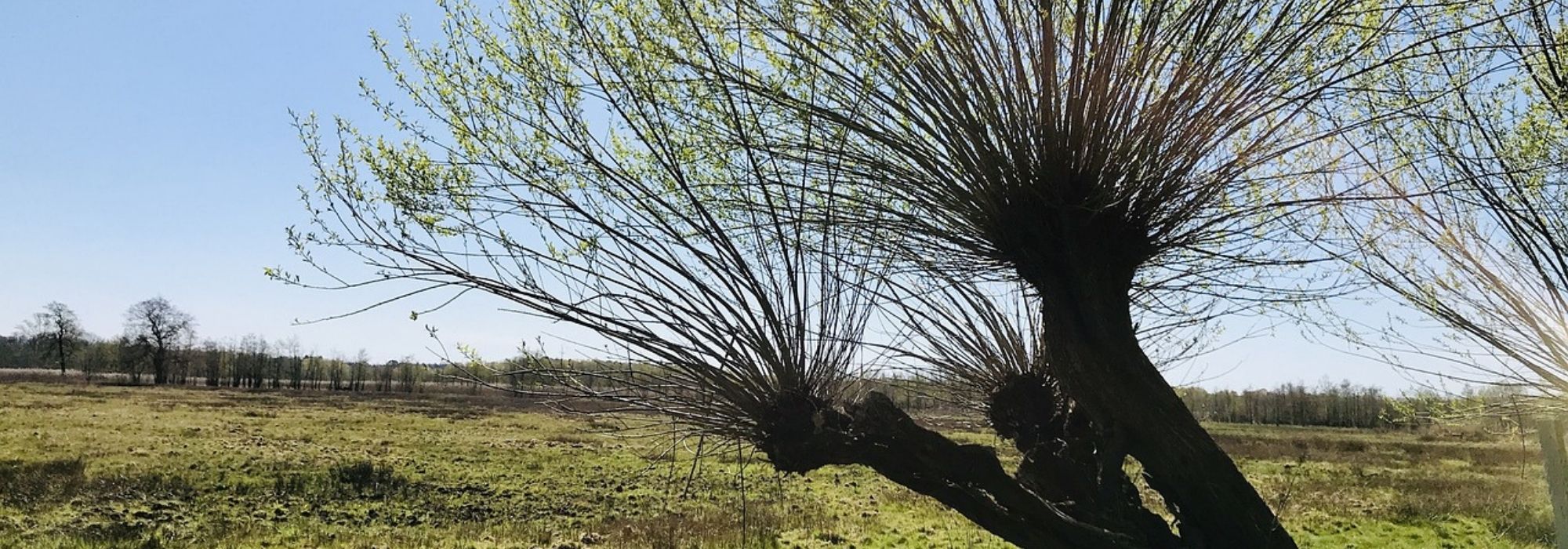
How to prune and maintain pollarded trees?
A time-honoured technique
Contents
Pollarded tree is an age-old cutting technique that has hundreds of names across France : a truisse, a ragosse in Upper Brittany, a trogne in Anjou, a trognard in Sologne or an émousse in Mayenne.
Easily recognisable in winter, these trees have a disproportionately large and completely naked head. Only in spring do young shoots start to appear. Topped by high coppicing, this technique protects new shoots from herbivores, extends tree lifespan, increases vigour and encourages shoot development on each apical swelling of the trunk.
It applies to various essential oils of trees, but requires controlled pruning and meticulous maintenance.
Which essential oils are affected by this pruning technique?
Pollarded trees
In general, all essential oils that respond favourably to severe pruning and produce good regrowth can be pollarded.
Most leafy species can be suited to this technique, such as alder, eucalyptus, ash, plane, maple, beech, chestnut, etc. Among the most common are willows in pollarded form, which thus showcase their young coloured bark. Note that some essential oils require adjustments to the frequency of pruning, such as oaks or lindens. Finally, pollarded elm has now disappeared, because of Dutch elm disease.
Only walnut, stone fruits and most conifers are not recommended for pollarding, because of their slow growth and limited ability to tolerate severe pruning.
Next, it all depends on the geographical region: for example, in Isère (38), pollarded trees are often osier willows (Salix alba subsp. vitellina), white willows (Salix alba), white mulberries (Morus alba), tall ash (Fraxinus excelsior) and black poplars (Populus nigra).
Purpose of pollarding
Often planted in rows, pollarded trees mark property boundaries, emphasise the lines of a watercourse, and redefine curves of a road or track. Their exceptional longevity (over 200 years) long allowed attractive separation of one property from another.
Some pollarded trees could also be planted in the middle of a plot or near a farm building or garden: it all depended on their use! For example, the fine, flexible branches of yellow osier could be used by farmers as ties for their vines, to bind bundles of small wood or to tie stakes to fruit trees. But osier willow was also used to make baskets or hampers. Finally, some essential oils ended up as firewood, such as ash, plane, hornbeam or field maple.
Today, pollarded trees are little used, with the exception of branches from willows. But new prospects are opening up for them: pollards are being considered as a renewable source of chipped wood and Ramial Chipped Wood (Broyat de Rameaux de bois Frais, BRF), praised as a soil cover for its lignin content.
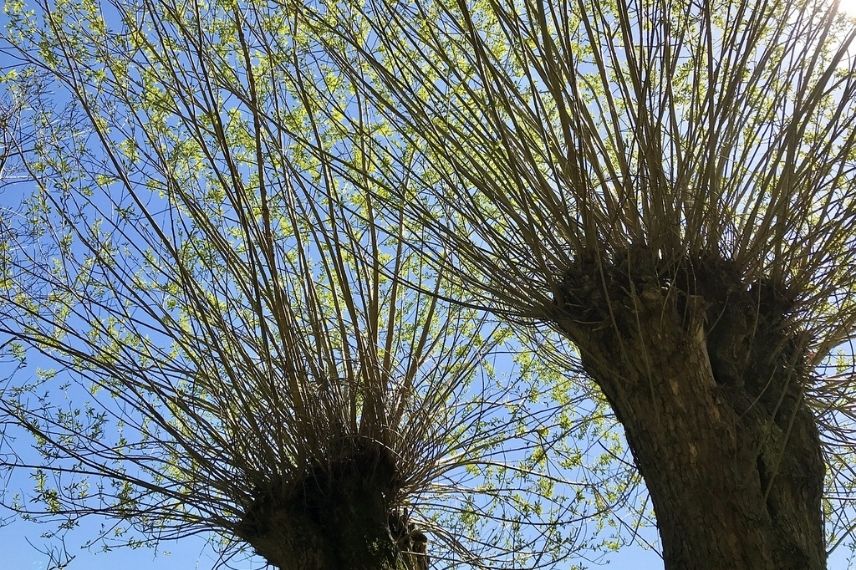
Formative pruning: how to create a pollarded tree?
When to carry out first pollarding?
First pruning of a pollarded tree is carried out only after several years, when trunk measures 8 to 15 cm in diameter. Ideally, topping is done at 2 metres above soil, to avoid damage caused by herbivores to the regrowth.
Tip : It is strongly recommended not to reduce tree height by more than one third, otherwise it may become weak – particularly with white willow, ash or poplar.
It is carried out between mid-November and mid-March, during dormancy. Cut must be clean, to allow crown to regrow from the wound. It is done with a pruning saw or a heavy-duty pruning shear.
How to form the head?
Following first operation on pollarded tree, it should be topped again each year during its first three years, in order to form its head.
Tip : It is essential to prune the tree so it does not develop into a bush. All suckers located below the crown must be removed, as well as lateral buds. This essential operation must be carried out systematically at each regrowth on the trunk.
Good to know : Even if success rate is low, it is possible to practise this pruning technique on existing trees. To increase chances, choose well-exposed trees with trunks 20 to 30 cm in diameter.
Discover other Trees and large shrubs
View all →Available in 0 sizes
Available in 1 sizes
Available in 1 sizes
Available in 1 sizes
Available in 1 sizes
Available in 1 sizes
Available in 2 sizes
Available in 1 sizes
Available in 1 sizes
Available in 1 sizes
How to care for a pollarded tree?
What is the pruning interval for a pollarded tree?
Once the head is formed, a pollarded tree must be carefully and regularly maintained: on average, prunings are spaced 5 to 8 years depending on species, soil and use of wood (fodder or firewood). These operations are called bûchage.
Hard woods such as oak require maintenance every 8 years, whereas fast-growing woods such as willow or poplar demand pruning every 5 years.
Good to know: a higher frequency of interventions promotes tree vitality, but discourages formation of cavities that are useful for biodiversity.
What guidelines should be followed?
Maintenance pruning of a pollarded tree is carried out in winter, when sap and reserves have descended into the roots. This also avoids disturbing bird nesting.
At each intervention, take care not to remove parts of the head that would cause wounds that are too large. However, stubs should be removed, those pieces of dead wood likely to prevent healing and regrowth.
When branches are large, it is essential to take precautions when cutting them: ideally, cut them in several stages starting from the top.
Special case: for an old pollarded oak, it is advisable to keep a “sap-drawing” branch to encourage restart of shoots. But it should be cut the following winter, in favour of a new branch so as not to unbalance the tree.
- Subscribe!
- Contents
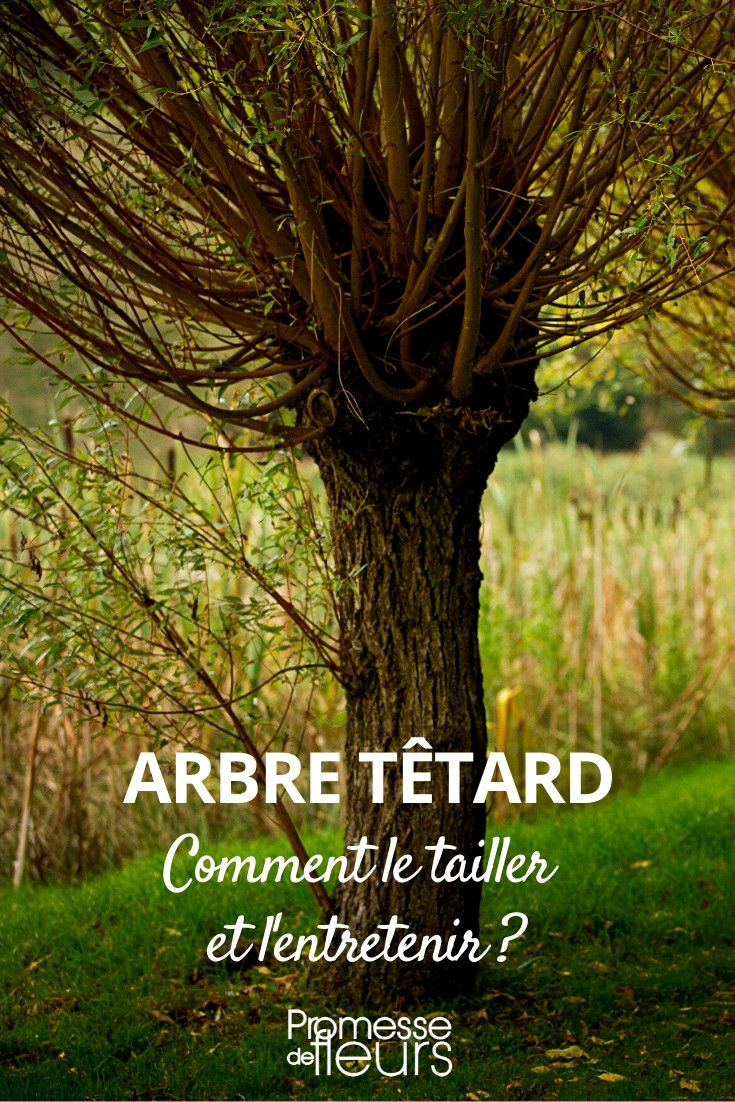

































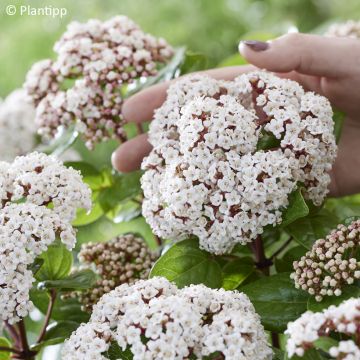
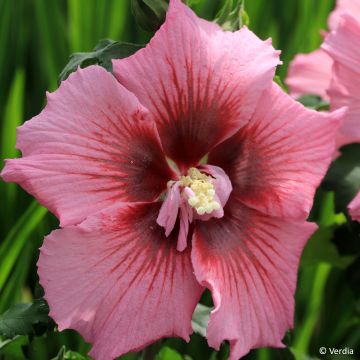
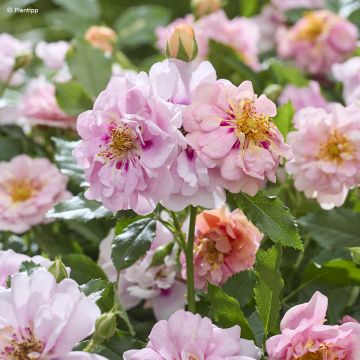



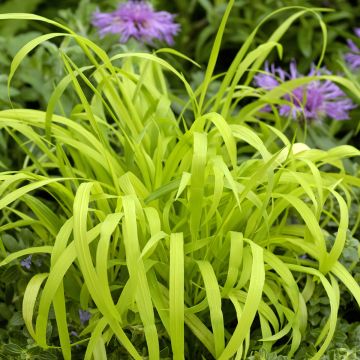
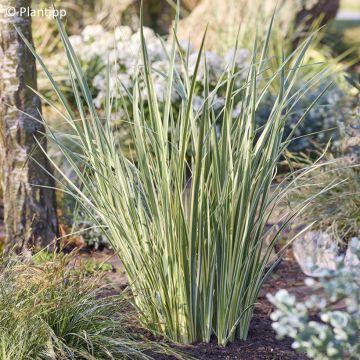
Comments